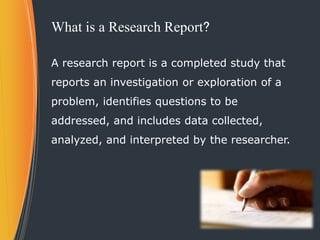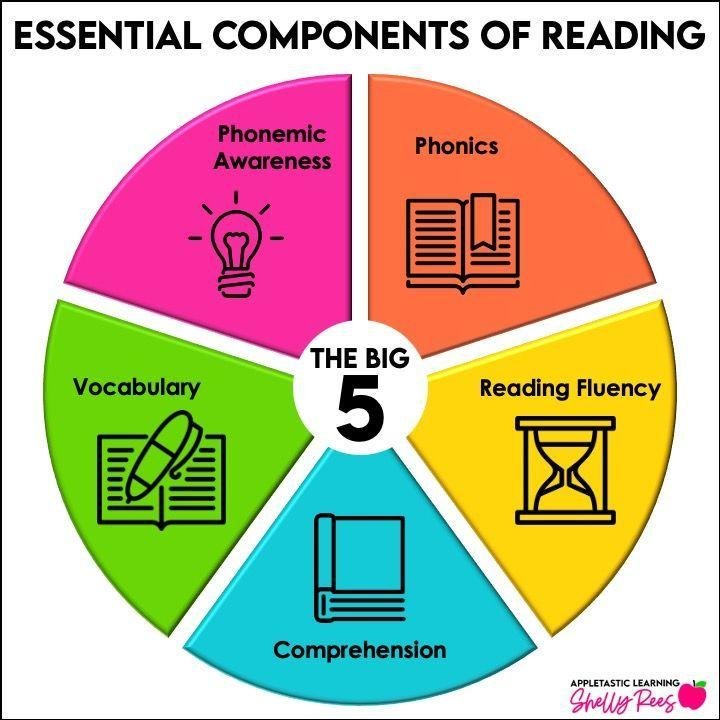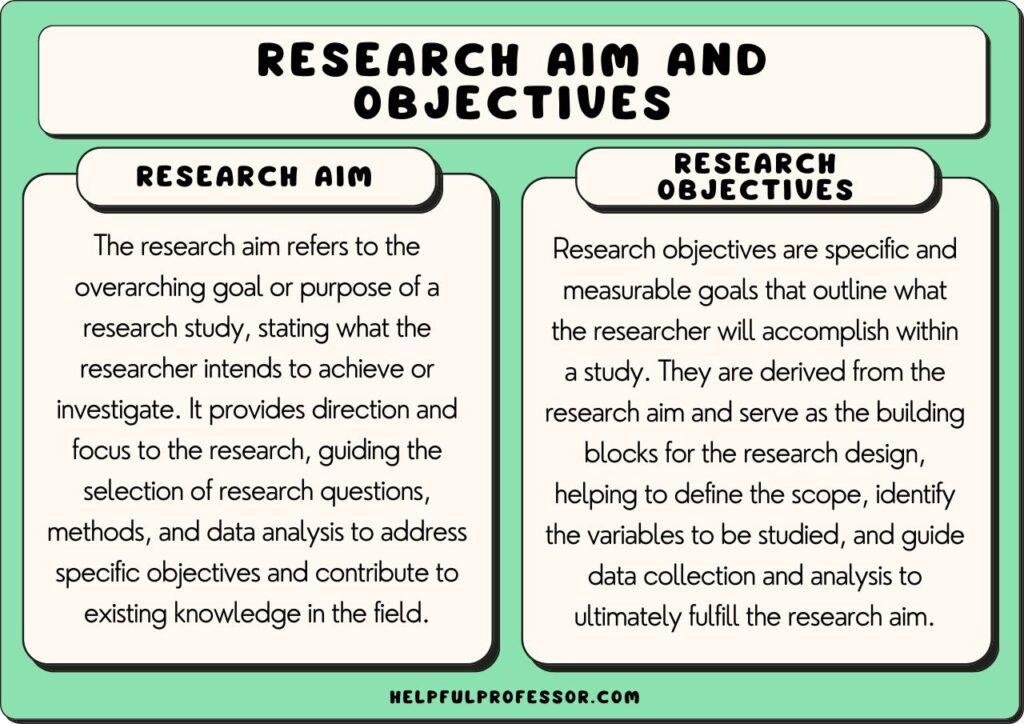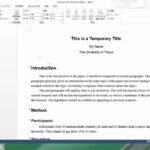research report introduction

Introduction to Research Reports
In the realm of academic inquiry and professional investigation, the research report stands as a pivotal document, intricately weaving together the threads of discovery and analysis. This structured narrative not only encapsulates the methodology and findings of a study but also serves as a bridge between raw data and actionable insights. Whether you are delving into the sciences, engineering, or even psychology, crafting a research report requires a delicate balance of clarity, precision, and thoroughness. As the initial exposition into a researcher’s journey, it presents an opportunity to engage readers with the complexities and significances of your findings, thereby inviting them to explore the broader implications of your work. This article aims to unravel the essential components of an effective research report introduction, guiding you in creating a compelling entry point that captivates, informs, and persuades. By understanding its purpose and structure, you will be better equipped to convey the importance of your research to a diverse audience.
For further insights on writing research reports, it’s essential to consider that these documents are not merely academic exercises; they are pivotal tools for effective communication, providing well-researched evidence, comprehensive analysis, and well-considered conclusions and recommendations that influence future studies and decisions [1[1]. Thus, embarking on this journey of crafting a research report introduction is not just about presenting information—it’s about telling a story that resonates with the reader and highlights the significance of your research endeavor.
Understanding the Purpose of a Research Report Introduction
Within the realm of academic and professional writing, the introduction of a research report plays a crucial role in framing the study’s objectives and significance. It serves as the reader’s first encounter with the research, setting the stage for what follows. A well-crafted introduction not only presents the research question but also contextualizes it within the existing body of knowledge. This is vital for capturing the interest of the audience and providing a clear rationale for the study. Key elements often highlighted include:
- The research question or hypothesis: Clearly stating the primary inquiry.
- The significance of the study: Elaborating on how the research contributes to the field.
- The methodology overview: Briefly outlining how the research was conducted.
Moreover, this section establishes the groundwork for understanding the implications of the findings. By articulating the background and scope, the introduction helps readers gauge the relevance and potential impact of the research. This is particularly important as it guides readers through the complexities of the study. A concise presentation of the key objectives can clarify what the report aims to achieve and assist in navigating the subsequent sections. Consider including a table to summarize these points effectively:
| Element | Description |
|---|---|
| Research Question | Defines the core inquiry addressed by the study. |
| Significance | Highlights the contributions to existing knowledge. |
| Methodology | Summarizes the approach used in the research. |

Crafting a Compelling Narrative to Engage Your Audience
In the realm of storytelling, whether through research reports or marketing content, the heart of engagement lies in a compelling narrative. To draw your audience in, start by establishing a context that resonates with their experiences and piques their curiosity. This foundation can be built using vivid examples or relatable scenarios that reflect the challenges or interests of your target audience. By incorporating elements like visual storytelling—using infographics or images alongside your text—you can enhance understanding and retention, making the information not just consumable, but memorable.
Once you’ve set the stage, the structure of your narrative becomes crucial. Organize your content with a clear and fluid progression, making use of transitional phrases that guide readers through your arguments or findings. A helpful approach is to break down complex concepts into digestible sections, employing bullet points or tables to present data and insights effectively. For example, when summarizing key findings, using a simple table can highlight your main points clearly, ensuring your audience walks away with a cohesive understanding of the material.
| Key Elements | Description |
|---|---|
| Context | Relatable scenarios that speak to the audience’s experiences |
| Visuals | Infographics and images to enhance engagement |
| Structure | Clear and logical progression of ideas |
| Clarity | Use of bullet points and tables for complex information |

Essential Components for a Comprehensive Introduction
Creating a robust introduction for a research report is pivotal, as it lays the groundwork for the entire narrative. A well-crafted introduction should include background information that sets the stage for your study, highlighting the relevance of the topic in the broader context. Consider incorporating the following elements:
- Contextual Framework: Briefly explain the historical or theoretical background that informs your research.
- Problem Statement: Clearly articulate the issue or gap your research aims to address.
- Research Objectives: Outline your primary goals and what you intend to achieve with the study.
- Significance of the Study: Discuss the potential implications and contributions your research may provide.
Additionally, a compelling introduction should guide the reader smoothly into the core of the research. It should contain a thesis statement that succinctly summarizes your main argument or hypothesis. Including a preview of the report structure can also aid in navigation. To aid comprehension, you might find it beneficial to utilize a structure table that provides an overview of key sections in your report:
| Section | Description |
|---|---|
| Literature Review | Summary of existing research relevant to your study. |
| Methodology | Overview of research design and methods used. |
| Results | Presentation of the findings derived from your research. |
| Discussion | Analysis and interpretation of results in context. |

Strategies for Aligning Research Goals with Reader Expectations
Effectively aligning research goals with reader expectations requires a thoughtful approach characterized by clear communication and targeted strategies. Start by identifying the key interests and needs of your intended audience. This can be achieved through preliminary surveys or focus groups that help gauge what readers are looking for in a research report. Defining clear objectives for your research will not only help maintain focus but also enhance the relevance of your findings to the audience. Additionally, consider using accessible language and straightforward explanations to ensure that complex concepts are easily understood, thus bridging the gap between expert knowledge and reader comprehension.
Another essential strategy is to incorporate visual elements such as charts, tables, and infographics. These not only make the report more engaging but also facilitate the comprehension of data through visual representation. Below is a simple example of how a table can summarize key findings concisely:
| Finding | Significance |
|---|---|
| Increased User Engagement | Indicates content relevance |
| Higher Retention Rates | Suggests effective information delivery |
| Positive Feedback | Reflects reader satisfaction |
By meticulously structuring your report and actively engaging with reader preferences, you create a foundation of trust and clarity. Feedback loops are also vital; allow space for reader input at various stages, which can refine your research’s direction and ensure it resonates with your audience. These proactive strategies not only fulfill reader expectations but also contribute to the overall impact of the research presented.
In Conclusion
crafting a compelling introduction to your research report is an essential step in conveying the significance of your work. It sets the stage for your readers, guiding them through the complex data and findings that will follow. By clearly articulating your research question, objectives, and the context within which your study exists, you lay a strong foundation for an engaging and informative report. Remember, a well-crafted introduction not only sparks curiosity but also fosters an understanding of the broader implications of your research. As you embark on your reporting journey, keep in mind that each section, starting from the introduction, contributes to the overall narrative of discovery and insight that your report aims to deliver. Embrace the power of clarity and purpose—your readers will thank you for it.




